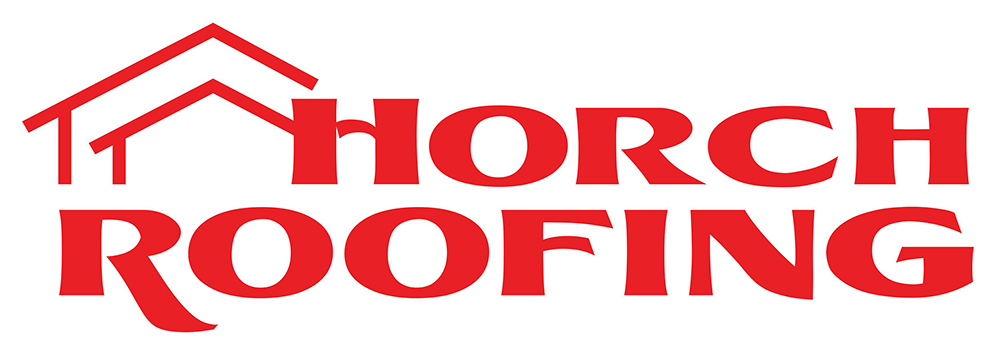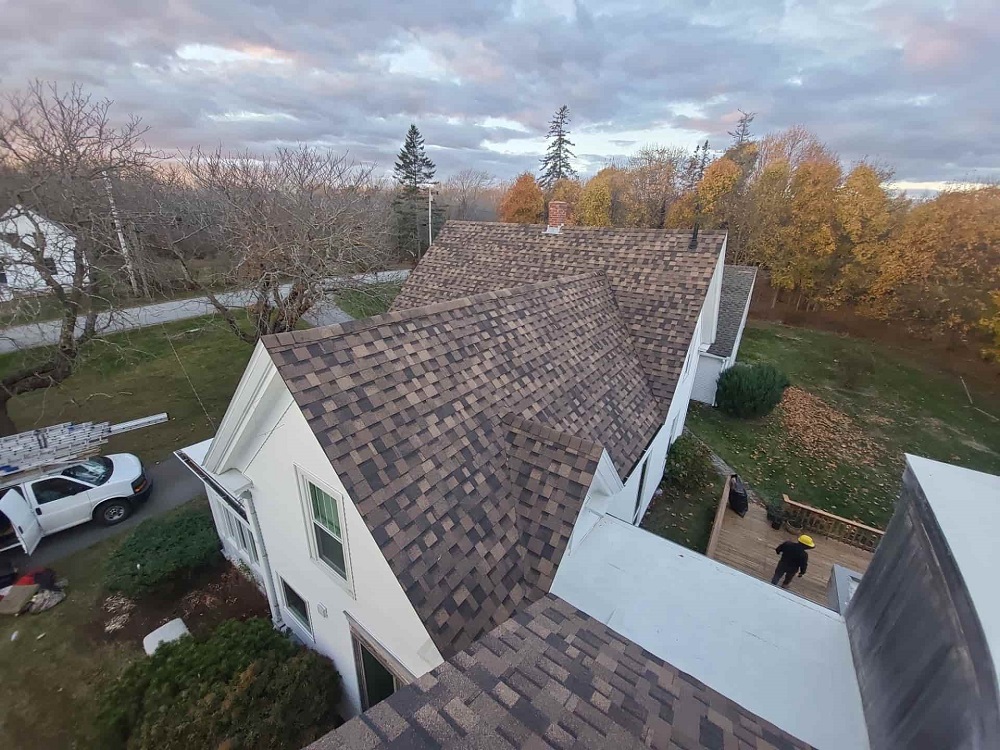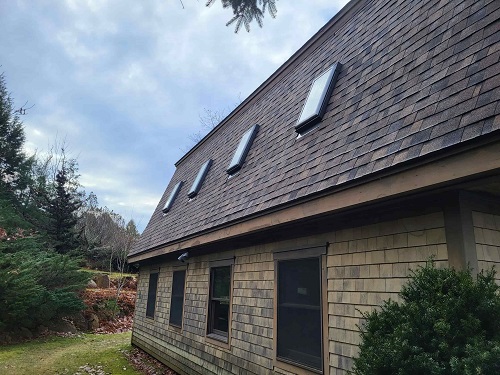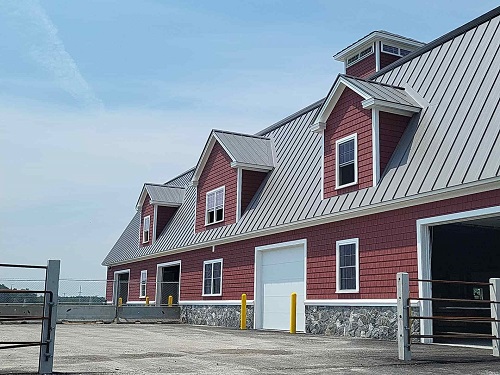- Roof leaks cause structural, interior, and mold damage if left unchecked.
- Small drips signal bigger problems and need immediate professional attention.
- Common causes include shingle damage, clogged gutters, bad installs, and age.
- Repairs require professional expertise, surface fixes, and interior restoration.
- Prevention with upgrades like flashing, ice shields, and ventilation saves costs.
When water begins seeping through the roof and into the home, many homeowners feel caught off guard. Small drips may not seem urgent, yet they signal a problem that rarely improves on its own. If left unchecked, the damage can spread quickly and affect insulation, drywall, and even structural components. That is why residents of Rockland should turn to experienced roofing contractors as soon as they notice signs of trouble. Understanding what roofing leaks are, why they occur, and how experts handle repairs can help prevent larger headaches down the road.
How serious is a roof leak?
Leaks are more than an inconvenience, and they can actually get quite serious. They can compromise safety, comfort, and long-term property value. Even small openings allow water to move beyond the exterior surface and into spaces that should always stay dry. And once moisture gets inside, it is difficult to control where it travels.
Here are the three biggest risks:
- Structural damage: Water weakens wood over time. Rafters, sheathing, and even fasteners can lose strength when exposed repeatedly. A slow drip today could mean a sagging section of decking later.
- Interior damage: Moisture often soaks into drywall, plaster, and insulation. Stains on ceilings and walls are only the first signs. If left unresolved, entire sections of your home’s structure may need replacement.
- Mold and indoor air quality: Damp areas provide a perfect environment for mold growth. Once mold appears, spores can spread easily, impact the air quality, and even cause health concerns.
No matter the scope of the issue, prompt action matters most. The longer water intrudes, the more expensive the outcome. Even if a drip seems manageable, it is a sign that something larger may be happening behind the scenes. So, call for help as soon as you notice any discoloration, dampness, or musty odors. To address organic growth or spores, you’ll need an expert who knows how to remove mold from roof shingles as soon as possible.
What is the most common cause of roof leaks?
Water intrusion has many different sources. Some issues arise suddenly, while others build over time. Each case requires careful inspection to find the true cause, because the wet spot inside is rarely directly under the exterior failure. Situations vary, but there are several causes that professionals know can appear again and again.
1. Damaged or missing shingles
When asphalt shingles crack, curl, or slip out of place, water can move through the exposed gaps. Different weather conditions can put your roof to the test: sunlight, wind, and winter snow and ice all speed up this kind of wear. If the problem is limited to a few spots, the usual solution involves individual sections. But widespread damage usually means roof replacement is the smarter option.
2. Clogged gutter systems
When gutters fill with leaves or ice, runoff has nowhere to go but back toward the structure. Water can then seep under edges and soak wood trim or attic spaces. If your system is prone to winter ice dams, the issue can be made even worse, as these dams hold meltwater in place. To fix the roof leaks that happened as a result, you’ll need someone to address the damage. But the best solution is prevention, so make sure all channels are clear before winter.
3. Improper installation
Even the best materials can fail if they are not installed correctly. Exposed nails, missing underlayment, or poorly sealed seams can all become entry points for water. These mistakes may not show up right away, but often reveal themselves after a few seasons of harsh weather. If you have a leaking roof, repairs can be limited to the affected area, but can also demand partial or full roofing replacements.
4. Age-related wear
Time gradually takes its toll, even on well-built systems. Shingles lose their protective granules, sealants dry and crack, and fasteners loosen. These are just a few of the things that impact the roof’s lifespan, and once wear spreads across the surface, leaks can appear in multiple places at once. Spot repairs may slow the problem for a while, but widespread deterioration usually calls for planning a full replacement.
How is a roof leak repaired?
Depending on the situation, fixing water intrusion may require more than just patching the visible spot. True repairs address both the immediate damage and the underlying cause. In nearly every case, this is a job for experienced professionals. Attempting to seal from the inside rarely works and can even make matters worse by trapping moisture.
Here’s what you can typically expect professionals to do:
1. Inspection & diagnosis
The first step is identifying where water enters. Professionals check attic spaces, insulation, and framing, and then move outside to study seams, flashing, and drainage points. Tools like moisture meters or infrared scanners often help pinpoint hidden dampness. Careful diagnosis helps experts avoid wasted effort and make sure that they’re targeting the true cause of the problem with their repair efforts, not just the visible symptoms.
2. Surface repair or replacement
Once they locate the source, crews remove damaged sections and install new material with proper sealing and precise fastening. In cases of widespread or severe storm damage, roof repair may include larger panel work or even a complete replacement, especially if the structure was already nearing the end of its lifespan. The key is restoring a continuous, watertight barrier that resists the kind of weather Maine faces every winter.
3. Interior checks & restoration
However, the work rarely ends once the exterior is sealed. If insulation, drywall, or trim have been damaged, these areas also need drying and replacement to restore function and keep the home healthy. Technicians have to confirm that moisture levels are safe before closing the walls again. Handling both the exterior and interior issues together prevents mold and stops the same leak from creating lingering problems indoors.
4. Preventive upgrades
The best solution usually lies in prevention, which is why many homeowners choose to add features that reduce future risk. Ice shields, updated flashing, and improved ventilation all help limit the conditions that cause leaks in the first place. The choices you make during roofing setup impact your home’s comfort and protection, so upgrades are almost always worth the investment. It’s one of the most effective ways to strengthen residential roofing systems overall.
Who are Rockland’s most reputable roofing contractors?
At Horch Roofing, we combine decades of expertise with a refined selection of high-quality services that cover every roofing need. We offer prompt repair and dispatch services for urgent issues, but we’re equally prepared to handle full replacements and installations.
Homeowners can choose asphalt shingles, standing-seam metal, or EPDM rubber systems, all supported by seamless gutter options to complete the package. Whether your home is near the Maine Lighthouse Museum or elsewhere in Rockland, we’ve got you covered across the city and throughout Maine. Call today to book your consultation and secure lasting comfort.



